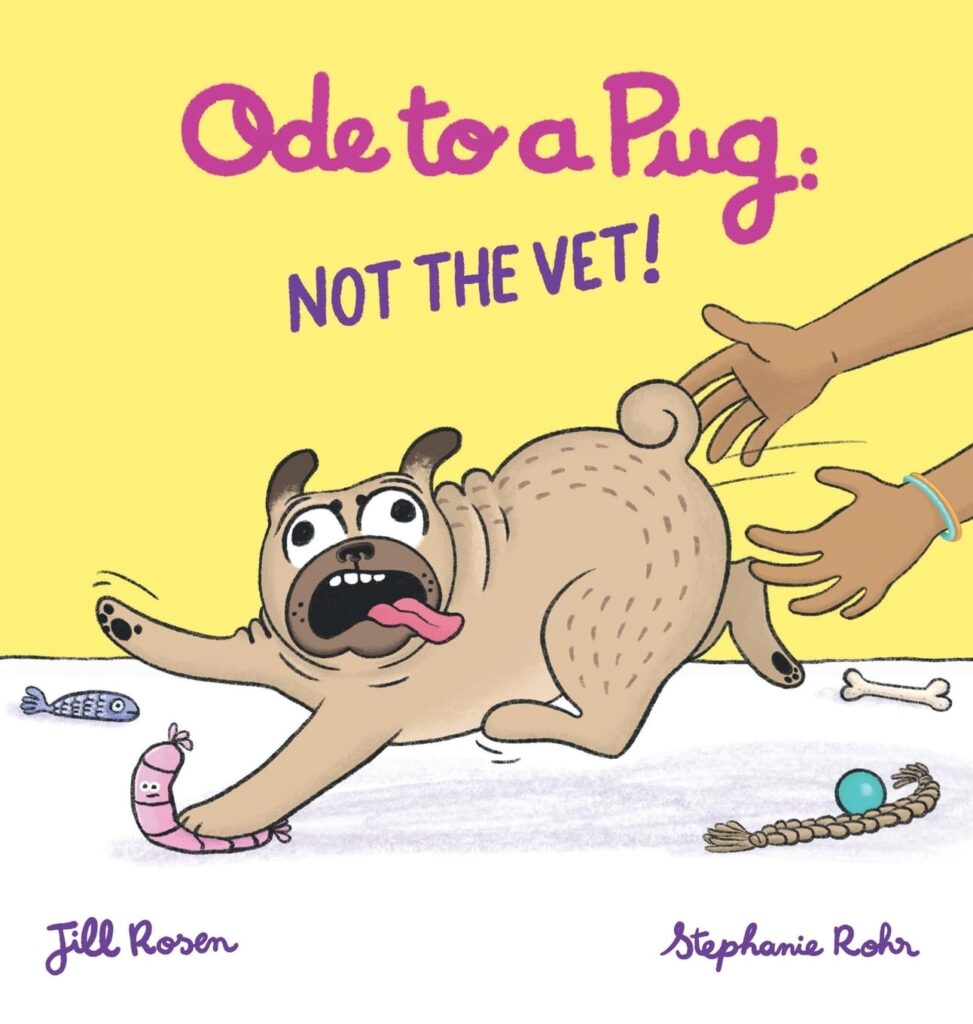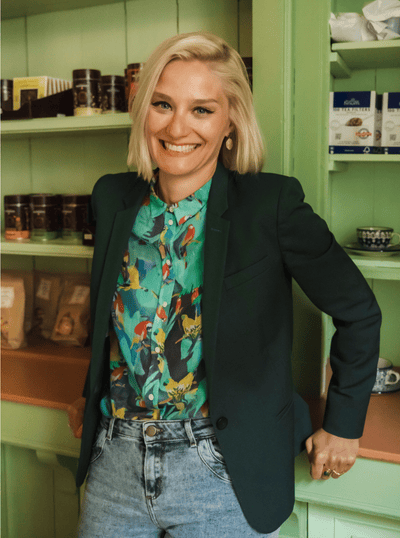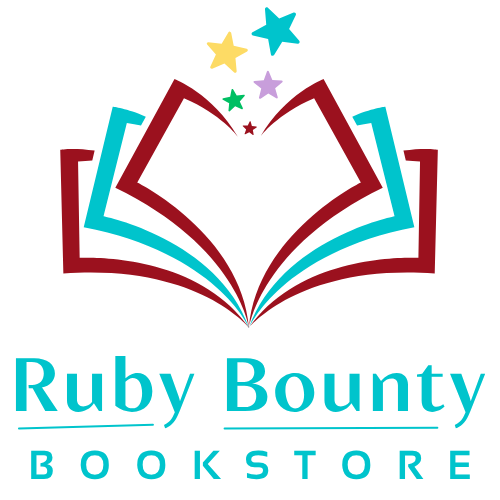Interview with Jill Rosen, Author of ‘Ode to a Pug: NOT the VET!’

An interview about Ode to a Pug: NOT the VET! by Jill Rosen, presented by The Children’s Book Review.
We are thrilled to welcome Jill Rosen, author of Ode to a Pug: NOT the VET!, for a behind-the-scenes look at writing big emotions through one small, very opinionated pug.
Author Jill Rosen joins us to discuss Ode to a Pug: NOT the VET!, a hilarious and deeply relatable picture book inspired by her own small-but-mighty muse, Phoebe. In this interview, Jill reflects on how one pug’s oversized emotions sparked an entire series, the role humor can play in making fear feel safe instead of overwhelming, and the unique power animals have to teach empathy and resilience to young readers.
The protagonist in this new series is too adorable not to be based on a real canine companion. Can you tell us a little bit about the real Phoebe?

Jill Rosen (JR): You are exactly right – I have had many dogs over my life, including multiple complex rescues, and spent time with countless more pooches through family, friends and volunteering. None of those wonderful doggos prepared me for our little Phoebe. From day one, her HUGE personality just bursted out of her tiny, snugglicious puppy facade, and I just had to start writing. As much as I often was exasperated from Phoebe’s antics, I also couldn’t help but laugh and smile at everything she did. I immediately wanted to share the joy she brought all of us with others. (It was also better than pulling my hair out).
Phoebe, like many pugs, is also a great emoter, with almost human-looking facial expressions. When you look at her you know what she is thinking (beyond just FOOD NOW). She is truly the ideal muse for children’s books about strong emotions. Visually and audibly (we can’t forget the snorts and toots!) she is funny, even during charged or challenging situations – a perfect hook for keeping kids engaged when reading about feelings.
Phoebe is ever-present and I can’t imagine our family life without her. We all exist in her world, including our much larger German Shepherd and Border Collie, and our cats, although they are way better at seeming disinterested. Phoebe is scared of anything out of the ordinary, but also very stubborn and unaware of her small size. We call it her pug bravado! For example, if she was not ALWAYS on a leash, she would charge into the road after any car, the bigger, the better. She also LOVES playing with the big dogs and will get right in the scrum of it, oblivious to the possibility of getting smushed or even swallowed, should she find herself in the company of a large dog not in the mood! She also has a heart bigger than she can hold and loves with abandon (especially people willing to share a lap). Snuggling is her favorite activity, which I love to do with her, especially as my boys are getting older and hugging mom is not as ‘cool’ as it used to be.
Literally everything in the books is something I’ve seen Phoebe do or experience in some way. So you are correct, I never could have imagined her!
Why do you think it is important for children today to learn how to live with pets and other animals?
JR: I think it’s more important than ever to expose children to, and teach them through, animals. Empathy sometimes feels like a dying quality these days, and I believe this is what we learn most from being with animals and caring for pets. Pets also require responsibility and kindness to thrive and return in spades that which you give them. In many ways they are simple, and that’s helpful in teaching the basics for being our best selves. A pet can’t help if it’s restless, or scared, or excited. You can’t blame them for their needs or feelings. All you can do is try to understand them so you can meet their needs and encourage good behavior.
Pets have also always been my safe space, especially when I was younger. Kids need a place to feel whatever they feel and be exactly who they are, without judgment. Animals provide that through listening without talking and providing steady companionship and love, even when we’re at our worst. Loneliness is a real problem in this age of social media, and I believe animals and pets offer connection to the real and tangible and can pull children out of their device bubbles… whether they like it or not! When your cat lies in front of your computer screen or on your head, what are you going to do?
In the story, Phoebe is initially terrified at the idea of going to the vet. Can you tell us a little bit about how you managed to write about such an upsetting emotion in such a funny way?
JR: I love that question! It was exactly what I asked myself right at the beginning of my writing journey with this book. I wanted to write a story focusing on fear, a dominant emotion for young children, but had to ensure the emotion was clearly expressed without being dark or triggering. I also wanted to show that it’s okay to be afraid – we all are at times! It was through discussions with Steph, my brilliant illustrator partner, that we came up with a way to demonstrate the mood journey by using color and images of funny monsters to depict the fear in the pug’s mind. This also was a way to show that things are often way scarier in our heads than they are in reality, which can be a reassuring message for kids. The narrative showed the full cycle of overcoming fear, allowing the story to remain a positive experience overall. We also made sure to sprinkle in lots of funny visuals as no one can resist a shivering, tooting pug!
One of my favorite things about this book is the wealth of detail about life with a pug. Did you have to do a lot of research beyond your own experiences to make the story feel authentic?
JR: So much comes from Phoebe, but I am also inspired by my larger pug family on social media. Phoebe’s friends around the world demonstrate so many quirky and fun pug behaviors. I often file funny videos and pictures to reference for my writings. Pugs are very consistent and share many common traits – the stubbornness, the gas, the insatiable hunger, the “resting sad face” (hat tip to @pugmosy), the gas, the odd noises, the zoomies, and did I mention the gas?
One of the most important messages in the book is that things usually work out in the end. Was this a difficult message to craft when writing from the perspective of a dog?
JR: Like children, dogs live in the moment and often don’t think about long-term outcomes. The focus is on what is happening right that second. Emotions are often sudden, spontaneous, and evolve in unexpected ways. The point of the book is to allow young readers to follow along with Phoebe’s emotional journey, including both the relief Phoebe experienced when the feared thing wasn’t as bad as she thought, and the pride she felt having faced it. Hopefully this helps to teach kids that even strong feelings like fear can be worked through and there is light at the end of the tunnel.
How do you envisage this story could be used in homes and classrooms to help young people manage their own fears—for example, a fear of getting immunization shots?
JR: You have touched on a key lesson for this book. We’re in a time where fear of doctors and loss of trust in medical experts is at record highs. Children (and pets!) often fear going to the doctor for a variety of understandable reasons. I mean, who are these people in white coats who poke and prod us, make us take icky medicines, and generally leave us shivering uncomfortably on tables while we wait seemingly for hours often, if we’re lucky, not even knowing why we’re there?
I decided to focus on the specific fear of needles because of my own experience with my oldest son. He had a strong fear of needles and getting him to the doctor or pharmacist was literally traumatic for us both. His tantrums were legendary, and he had to be held down by multiple people, as well as myself, to administer his shots. I always felt like a horrible parent. Every time. But I knew it was the best way to protect him, so that got us through it.
Through Phoebe’s journey, parents and teachers can first show children that they are not alone if they fear doctors or needles. Secondly, they will be able to see that healthcare professionals aren’t evil monsters. They are generally good people who care and are there to help make you feel better. Lastly, children can learn that like Phoebe, they can conquer their fears and come out the other side braver and stronger. I would have loved to show my son Phoebe’s story before an appointment and use it to let him talk about his fears and hopefully feel that if she could do it, he could too.
All of that said, my intent is that you could replace the fear of the vet with any fear. In class discussions, you could ask students to share some fears they have successfully faced and how they did so. Or a parent could use the story to help their child open up about fears they might have but haven’t been able to voice. Have they ever felt like Phoebe?
In the story, Phoebe goes from being frightened to being confident and positive. What do you think readers can learn from pets about managing difficult emotions?
JR: Sometimes using an animal or cartoon character is easier to digest than watching a real person (or child) experience something. It allows for some distance so the child can process the character’s emotional journey separate from their own and the lessons aren’t ‘in their face’. They can feel free to even laugh at the character to break up any heaviness. As mentioned earlier, it is easier to naturally empathize with animals and not judge them. I think this is very important because children constantly judge themselves. They can be ashamed of their feelings and often don’t recognize that emotions are spontaneous. They can also be hard on other kids (projecting their own fears), like teasing someone who cries or is afraid. Using animals takes away this human tendency and lets readers focus on the lesson learned by the main character. They can see that although Phoebe can’t help her fear, she can control how she manages it
What advice do you have for readers who are really frightened for themselves or their pets when it comes to getting medical treatment?
JR: I would first acknowledge that getting medical treatment is scary! There is a vulnerability and loss of control that is completely understandable. And our fear is telling us to be skeptical. And we should be. We should ask questions – as many as we need. We should find providers we are comfortable with and who earn our trust, in whichever way matters most to you. In some situations, technical expertise may be the only thing you care about. In others, bedside manner matters more. Trust your gut. And keep the faith that members of the professional medical community chose their paths because they are committed to your or your pet’s well-being and have acquired the experience and expertise to help, not hurt.
What are your favorite childhood dog stories that you would recommend to readers who have enjoyed reading the Ode to a Pug series?
JR: Growing up I loved Odie, from the Garfield books. He was goofy, funny, and adorable and he was the sidekick Garfield tried so hard to hate but just couldn’t in the end. I was also a big fan of the Family Circus comics by Bil Keane. Pets featured large in the comics as key members of the family, and were excellent sources of chaos, comedy, and love. Their shaggy mutt Sam reminded me of my own Bearded Collies growing up, so he had a special place in my heart. Anyone who enjoys Ode to a Pug will get a kick out of these classics as well.
On a newer note, although not a dog, my boys and I highly recommend The Pigeon books by Mo Willems. The pigeon is so silly looking (like the pug), with its huge eyes and disproportionate body parts, and the overall cartoon-like illustration style of the Ode to a Pug books is of a similar vein to that used in The Pigeon books.
Can you give us a sneak peek into the next book in the series?
JR: I am excited to announce Ode to a Pug: I’m a BIG Dog! will be releasing in the spring! Be prepared for an adventure of epic proportions for Phoebe and a favorite little friend from NOT the VET! (don’t worry, his worms are gone this time!), as they try to prove they can rule the Big Dogs’ Park. This story is sure to be a hit for any child who stared down a “You must be this tall to enter” sign.
About the Book
Publisher’s Book Summary: Do you ever get the feeling that something terrible is about to happen? Where the panic takes over, your eyes widen and you just need to zoom? Well, today is that day for our beloved pug Phoebe as she faces her biggest fear yet – THE VET!
Laugh along to another silly, heartfelt and sweetly illustrated story from the author of the award-winning “Ode to a Pug”.
Pugs aren’t really scared of much (except vacuums, tinfoil, bells, any loud noise…), but there is one place that causes our comical canine to cower – the DREADED VET’S OFFICE!
Join on an epic journey of courage for a little pug with a big heart and a belly full of gas. An amusing rhyming story ideal for children ages 2-8 and dog lovers of all ages.
Buy the Book
About the Author
Award-winning, bestselling author Jill Rosen is a career marketer and advertiser who lives with two kids, three dogs, two cats, and a former stand-up comic and Princeton sketch-comedy writing husband. She doesn’t need to go far for comedic inspiration or advice!
Through her brand management work, Jill’s early recognition of and appreciation for powerful writing and artistic design only grew. She is a seasoned workshop facilitator and strategic healthcare consultant, specializing in the areas of mental health and infertility.
Jill was inspired to begin writing her own stories by her two boys, both avid readers.
For more information, visit www.odetoapug.com.

About the Illustrator
Steph Rohr is a French Award-winning children’s book illustrator who earned a distinction from ECV Art School in Paris. She is fond of anything silly, funny, wacky, daft, and colorful.
A freelance Illustrator & Art Director, Steph has been working in London in publishing and advertising.

This interview—Interview with Jill Rosen, Author of ‘Ode to a Pug: NOT the VET!’—was conducted between Jill Rosen and Bianca Schulze.
*Disclosure: Please note that this post may contain affiliate links that share some commission. Rest assured that these will not affect the cost of any products and services promoted here. Our team always provides their authentic opinion in all content published on this site.
